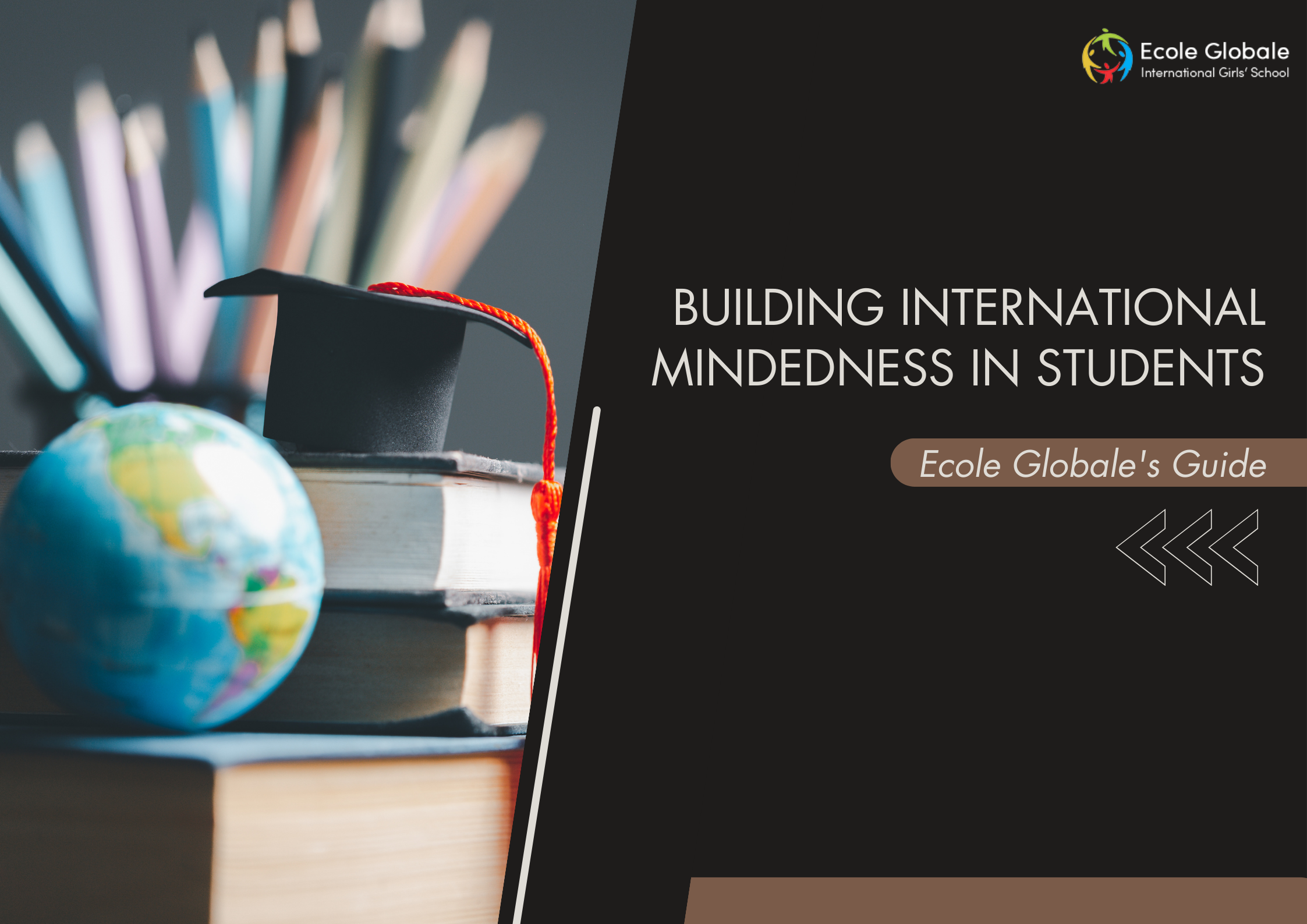In today’s interconnected world, fostering international mindedness in students is essential. This skill set not only enhances cultural understanding and empathy but also prepares students to thrive in a globalized economy.
As one of the leading schools in Dehradun, the international girls boarding school exemplifies the implementation of effective strategies to cultivate this critical capability.
Here’s a comprehensive guide to building international mindedness, showcasing the practices and educational approaches that help students at this prestigious institution embrace and excel in a diverse global landscape.
International Mindedness in Students

Exposure to Global Cultures:
Introduce students to a variety of cultures through thematic units that explore languages, customs, and traditions from around the world. This could be integrated into social studies, language arts, and art classes to provide a rich, interdisciplinary learning experience.
Cultural Celebrations:
Host international days and festivals that celebrate and educate about different cultures. These events can include food fairs, traditional music and dance performances, and cultural exhibitions, creating an immersive learning environment.
Student Exchange Programs:
Facilitate student exchanges with schools in different countries. These programs can be short-term or last several months, offering students firsthand experience of different cultural settings.
Curriculum Integration
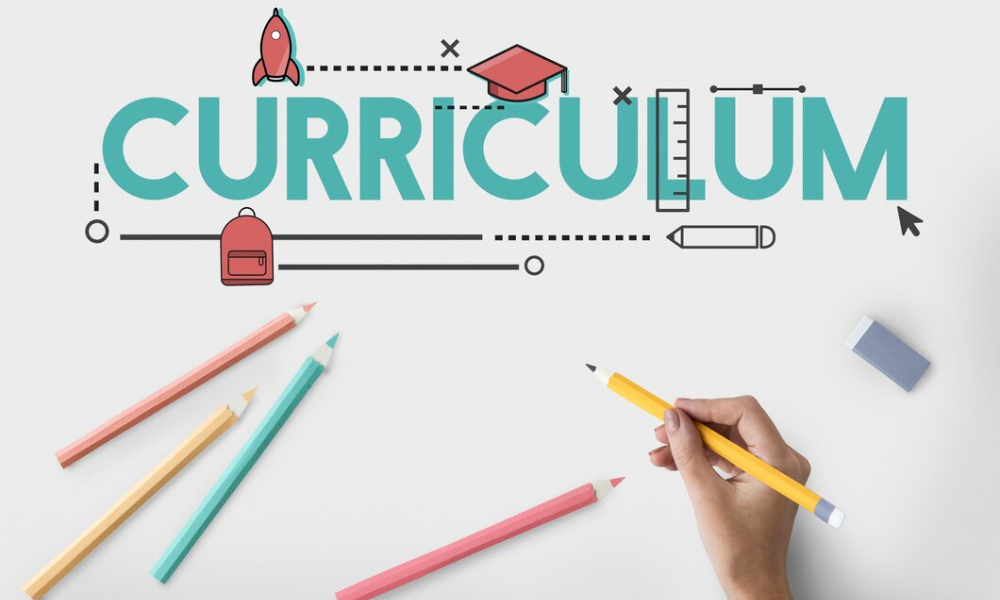
Global Perspectives in Subjects:
Ensure that curriculums reflect a global perspective. For example, in history lessons, discuss world events from multiple viewpoints. In literature classes, include books by authors from various countries and cultures to broaden students understanding and appreciation of global narratives.
Problem Solving with Global Issues:
Engage students with real-world problems that affect people across the globe, such as climate change, poverty, and inequality. Encourage them to develop solutions or projects that address these issues, promoting critical thinking and empathy.
Language Learning

Multilingual Education:
Offer language classes that not only teach the language but also immerse students in the respective cultures. Languages like Spanish, French, Mandarin, and Arabic open doors to a vast portion of the world’s population and their cultures.
Language Clubs and Conversation Hours:
Create opportunities for students to practice new languages in casual settings, such as language clubs or conversation hours with native speakers. This practice reinforces language skills and builds confidence in cross-cultural communication.
Technology and Collaboration
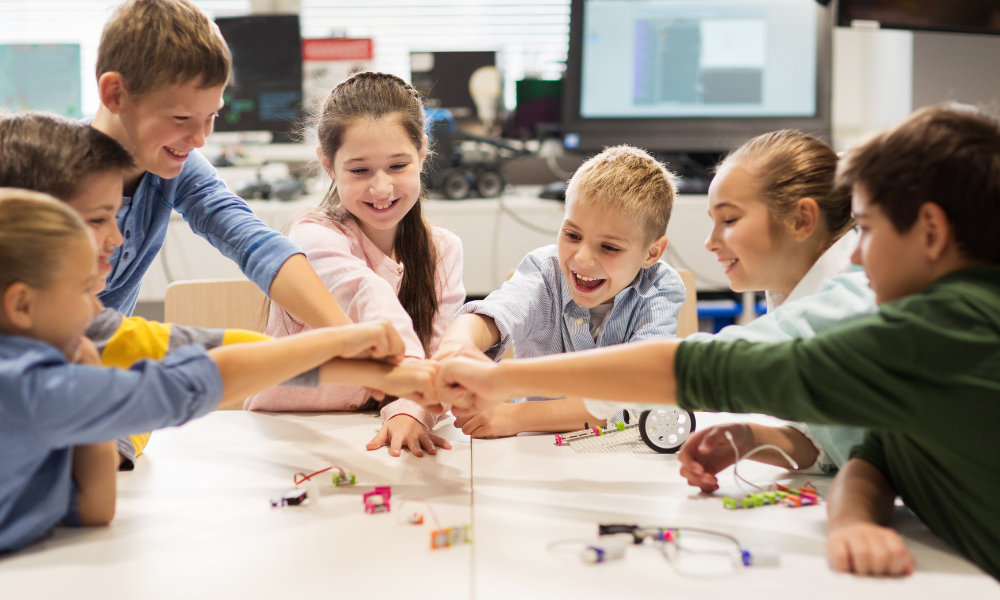
Leverage Technology for Global Connections:
Use technology to connect with classrooms around the world. Projects can be coordinated that allow students from different countries to collaborate on assignments, discuss global issues, or share cultural insights through video calls or collaborative online platforms.
Virtual Reality Experiences:
Incorporate virtual reality (VR) into the classroom to give students a virtual tour of different places around the world. VR experiences can be an accessible way to explore global landmarks, museums, and natural wonders without leaving the classroom.
Extra-Curricular Activities
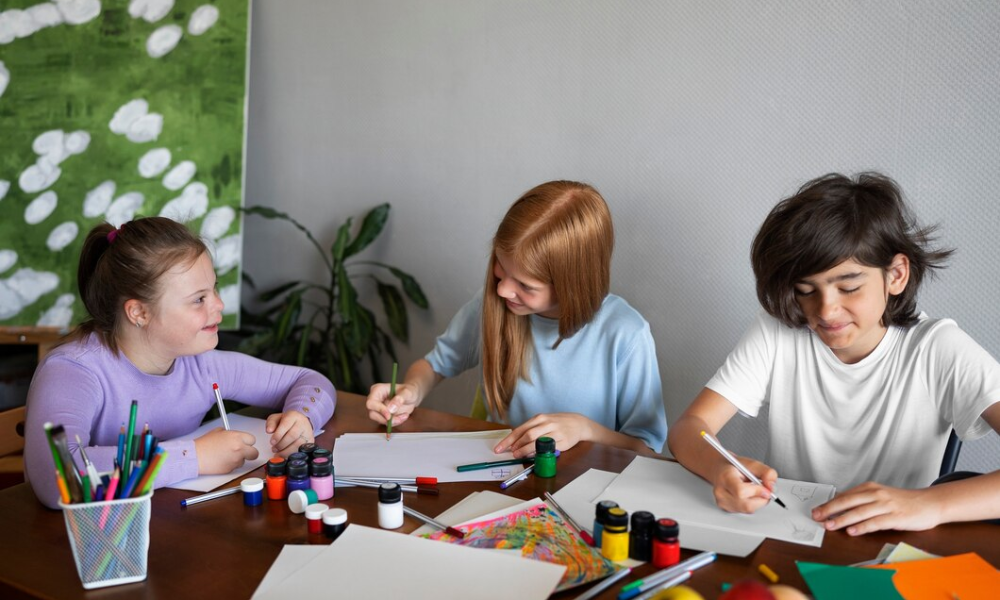
International Guest Speakers:
Invite speakers from various parts of the world to share their experiences and knowledge with students. These sessions could cover topics like global economics, environmental sustainability, or international politics.
Global Citizenship Clubs:
Establish clubs that focus on global issues, cultural exchange, or international relations. These clubs can organize events, fundraisers for global causes, and discussions that promote a deeper understanding of world affairs.
Community Engagement
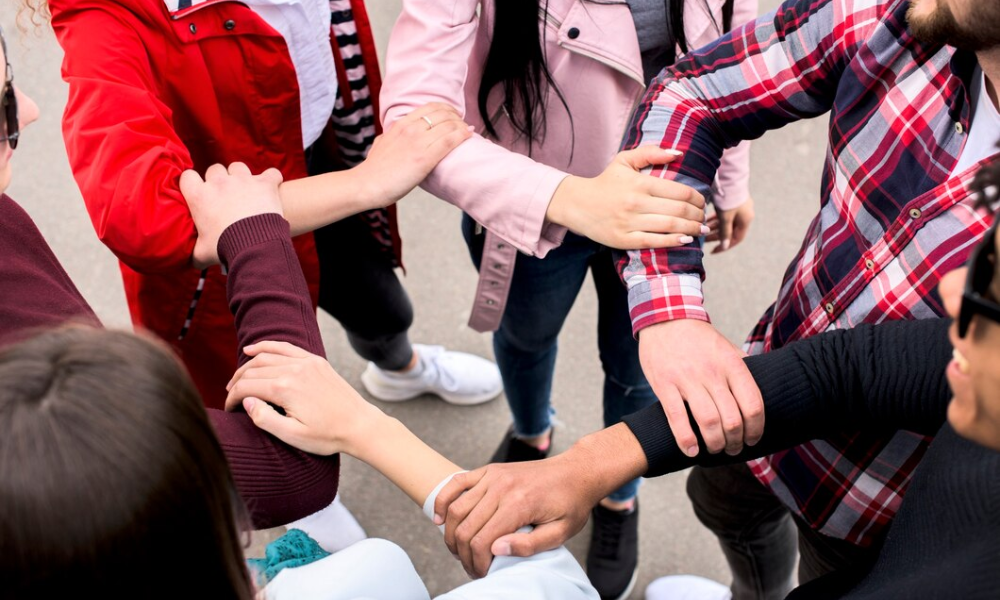
Partnerships with International Organizations:
Partner with NGOs and international organizations to give students opportunities to engage in global initiatives. This exposure can help students understand and contribute to international efforts addressing critical issues.
Service Learning Trips:
Organize international trips that combine cultural immersion with community service. These trips not only expose students to new environments and communities but also instill a sense of global responsibility and service.
Conclusion
Building International Mindedness in Students is a multifaceted approach that requires immersive experiences, curriculum integration, and active participation in global communities.
By embracing these strategies, students are prepared not just academically but also socially to navigate and contribute positively to the world.
Educators and institutions are encouraged to adopt and adapt these practices, ensuring that their educational environments are both inclusive and globally oriented, ultimately shaping students into well-rounded global citizens.






